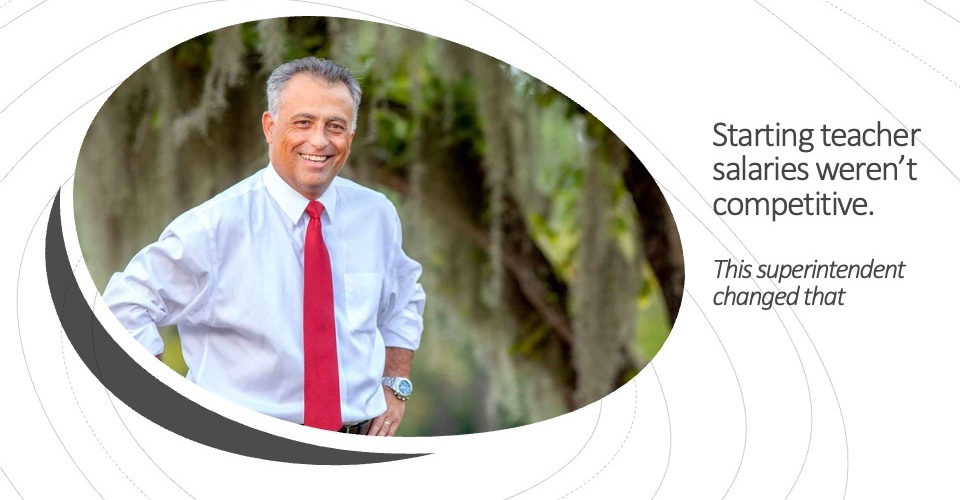As educators continue to shift gears away from the traditional one-size-fits-all pathway toward a college degree, new research reveals that public schools on average are more successful at providing students with tangible work-based skills necessary for their future careers—or so they tell us.
That’s according to new federal data from the National Center for Education Statistics, which surveyed more than 1,600 participating public schools around the country as part of its School Pulse Panel research in an effort to provide leaders with timely data concerning the pandemic’s lingering toll on K12 schools.
As the data suggests, just 47% of all public high schools rated their performances as “very good” or “excellent” when it comes to preparing students for college. That percentage shrinks for schools located in high-poverty neighborhoods and those with fewer than 300 students (30% in both instances).
“I hope these data will spark important conversations that lead to improved communities for all students,” NCES Commissioner Peggy G. Carr said in a statement.
On the other hand, schools rate themselves slightly more in favor of their ability to prepare students for the workforce. According to the survey, 50% of schools say they’re “very good” or “excellent” at providing career preparation. Furthermore, 62% of schools now require college and career milestones for graduation.
Some additional data concerning schools’ college and career prep:
- 32% of high schools employ a work-based learning coordinator
- 30% provide career advisors
- 87% employ counselors
- 5% employ a workforce intermediary
“The latest report provides valuable insights on how schools rate their own work preparing students for college and the workforce,” said Carr.
The report also includes the NCES’ latest findings regarding schools’ use of security officers and other safety measures.
Less than half (47%) of all public K12 schools have a school resource officer on school grounds at least once a week in 2023-24. Eleven percent leverage a sworn law enforcement officer and 22% have a security officer present at least once a week.
Among those schools that require an SRO or SLEO to be present at least once a week, 92% of them said they routinely carry a firearm. Sixty percent of them also wear body cameras. As a result, many schools report their school environment feels safer.
Nearly 66% of schools say they “strongly agree” that their security officers have a positive impact on the community. Only about 10% strongly disagreed with that statement.









